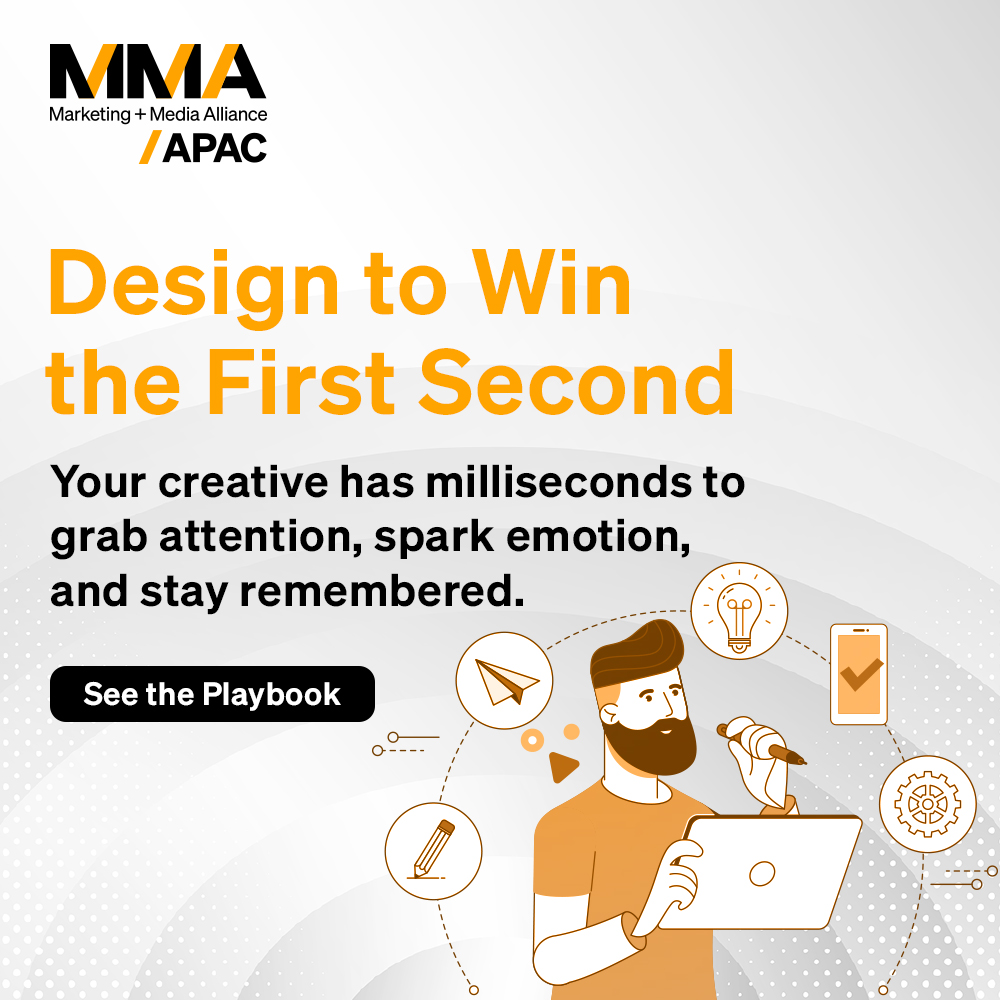
Generative AI is dominating discussions in boardrooms and marketing leadership circles, yet many organizations are missing the true opportunity it presents. While it is tempting to deploy GenAI immediately for content generation or workflow automation, this task-oriented mindset often results in fragmented efforts that fail to deliver meaningful business value. To fully leverage GenAI, marketing leaders need to shift their perspective from use cases to need cases—a critical distinction that can transform GenAI from a tactical tool into a strategic growth driver.
Understanding the Difference
A use case refers to a task or activity that GenAI can perform, such as drafting a blog post, creating product descriptions, or generating social media captions. These applications can increase productivity but are rarely tied to clear business outcomes.
A need case, by contrast, is defined as a specific business or marketing problem that GenAI can help solve better than alternatives.
This reframing ensures that GenAI initiatives are connected to measurable objectives, such as accelerating market responsiveness, reducing operational inefficiencies, or driving top-line growth.
Practical Examples
Consider the difference illustrated in the MOSTT research:
- Use Case: “GenAI can create product descriptions for websites.”
- Need Case: “We need to update 35,000 product descriptions across hundreds of sites and multiple languages within 60 days to meet compliance requirements while preserving SEO rankings.”
While both involve using GenAI to generate product descriptions, the latter frames it as a mission-critical challenge tied to compliance, operational efficiency, and market performance—areas where GenAI can provide a strategic advantage that manual methods cannot match.
Why This Matters for Marketing Leaders
Most marketing organizations today are grappling with complexity and inefficiencies. According to MMA Global’s organizational links research, marketing functions have an average Net Promoter Score of -2, reflecting disengagement and operational challenges that directly impact business performance.
The adoption of GenAI purely for use cases risks exacerbating this dynamic by adding yet another tool without aligning it to the organization’s strategic priorities. By focusing on need cases, leaders ensure that GenAI initiatives align with the organization’s capability agenda, as outlined in the MOSTT framework, which links capabilities directly to customer and company value creation.
This approach also helps reduce organizational friction—a hidden cost that slows down execution and erodes value—by providing clarity on priorities and decision rights, which is essential for high-performing teams.
How to Identify Need Cases
To determine whether your GenAI initiatives are truly strategic, ask:
- What specific business problem are we solving with this application of GenAI?
- How will success be measured in terms of growth, efficiency, or market responsiveness?
- Is GenAI the most effective and efficient tool to solve this problem compared to alternatives?
If these questions can be answered clearly, you have identified a need case that will add measurable value to your business.
Aligning GenAI with Capability and Value Creation
The MOSTT framework advocates for aligning marketing capabilities with value creation goals, a process that becomes significantly clearer when GenAI initiatives are framed as need cases. For example, a need case could involve using GenAI to automate the personalization of customer communications at scale, aiming to improve customer engagement while reducing operational costs.
This alignment ensures that GenAI investments directly support topline and bottom-line objectives, transforming marketing from a perceived cost center into a measurable driver of business performance.
A Strategic Imperative
GenAI’s potential in marketing is undeniable, but realizing that potential requires discipline and strategic clarity. Moving from use cases to need cases enables marketing leaders to integrate GenAI into the organization’s growth strategy rather than treating it as a tactical experiment.
At a time when CFOs question marketing’s impact on the business and operational inefficiencies hinder growth, leveraging GenAI through a need case framework offers a clear path to reclaiming marketing’s strategic seat at the executive table.
The opportunity is here: GenAI can be a lever for growth, operational excellence, and competitive advantage. But it will only deliver on that promise when leaders move beyond asking what GenAI can do, and start asking what business problems it should solve.



















